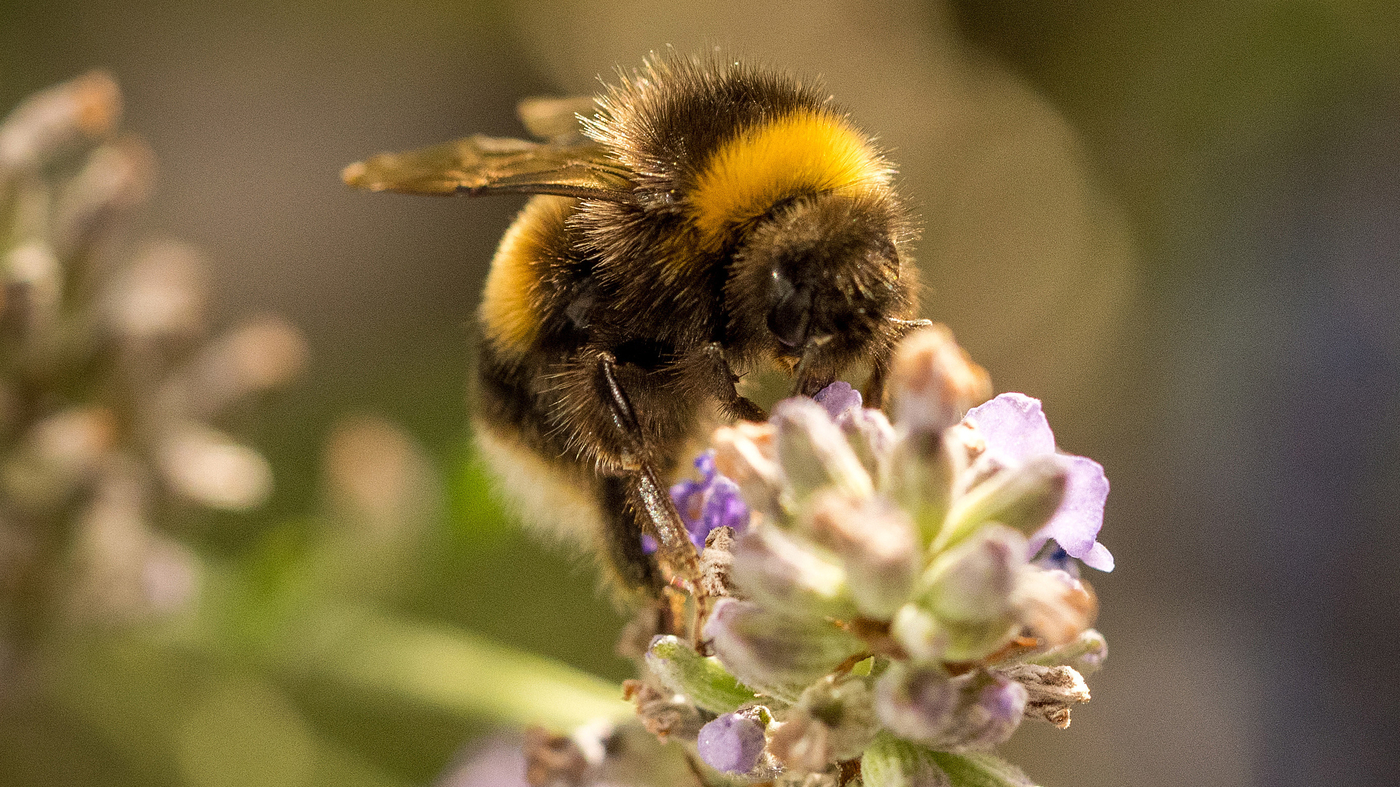
bumblebees have shown that it is possible for insects to have culture
Can the humble insects learn to solve puzzles? Evidence of culture in insects like chimps, birds, and mice from a video by Bridges
When put to the test, bees have proved over and over again that they’ve got a lot more to offer than pollinating, making honey and being fiercely loyal to a queen. The industrious insects can count and alter their behavior when things seem difficult, and now some scientists say there’s proof they also like to play.
In one experiment, the bees, which were tracked by age and sex, could make their way through an unobstructed path to a feeding area or opt for a detour into a chamber with the wooden balls. Many took the detour. In the video there is a scene where the insects are playing with balls, which are twice the size of the bees. Some bees appeared to do somersaults while holding on. Other times they would walk in reverse, pulling the ball with them — an unnatural movement for bumblebees.
A study published in the journal PLOS Biology shows humble insects can learn to solve puzzles from one another, a potential sign that these social insects have a capacity for culture.
“They may actually experience some kind of positive emotional states, even if rudimentary, like other larger fluffy, or not so fluffy, animals do. This sort of finding has implications to our understanding of sentience and welfare of insects and will, hopefully, encourage us to respect and protect life on Earth ever more,” she said in the statement.
The creatures are quite impressive. Alice Bridges, a behavioral ecologist at Anglia Ruskin University, says that they are really good at learning despite their small brains.
In the past couple of decades, a growing body of evidence has accumulated to show that animals like chimps and birds show evidence of culture, “by which we really mean just that animals learn from each other,” says Andy Whiten, a cognitive ethologist who studies wild animal minds at the University of St Andrews in Scotland. This learning can range from navigating a migratory route to using a tool to access a particular food.
“If what they learn lasts for a long time,” says Whiten, “then we might be prepared to call it a tradition. And culture is made up of multiple traditions.”
These behaviors are passed down from generation to generation. It’s the same with people. Some of us learn from more experienced individuals how to make matzo ball soup or dance the merengue, and then we pass that down to our children.
Bridges agrees. She says that it functions fast because you can learn a new behavior to overcome a problem from someone else.
The conclusion, Bridges and her colleagues at Queen Mary University report in their new study out today, is that bumblebees can transmit certain behaviors — culturally.
To study culture in bumblebees in the lab, she first had to train a few industrious bees to perform a novel behavior. She was able to solve a puzzle box.
“Basically, I built it out of Petri dishes,” she says, triumphant. The base of the Petri dish held the reward: a drop of super sweet sugar water. Bridges cut a small hole in the lid “to form a rotating top that can be spun by pushing either on this red tab clockwise or the blue tab anti-clockwise.”
Insects and Bees in Colonies: The Discovery of the Complex Brains and the Explanation of Bumblebee Behavior
Bridges persevered, however, and the experiment ultimately played itself out. In colonies where the tutor bee had originally learned to push the red tab, the other bees in the colony usually pushed the red tab. In colonies where the tutor bee was trained to push the blue tab, their fellow bees tended to do the same.
It wasn’t all fun and games: Fiddling with all these bees resulted in Bridges getting stung multiple times. She was hospitalized with anaphylaxis after the fourth sting.
She had to wear a bee suit after the heat wave to do the experiments. “I used to put a little electronic fan inside the hood.”
She says that the behaviors spread among the colonies. “They copied the demonstrators’ behavior even when occasionally they discovered that they could do the alternative.”
Because bumblebee colonies collapse before winter, there’s little chance a tradition could get passed down from generation to generation. Bridges is looking at bees and insects that live in colonies that last for years.
The culture of insects might look a little different from that of humans. Whiten wasn’t part of the study and he says it’s a question of degree. He says that the different cultures of different species have implications for the complexity of brains that are involved.
“Maybe it doesn’t require very, very complex cognitive mechanisms,” she says. “Maybe it’s not some pinnacle of cognition that only a few species have. Maybe it’s actually very widespread.”
That truth, summarizes Whiten, is that “all we have discovered about animal culture means that human culture, once thought unique,” he says, “did not emerge ‘out of the blue’ but has obviously built on deep evolutionary foundations.”

